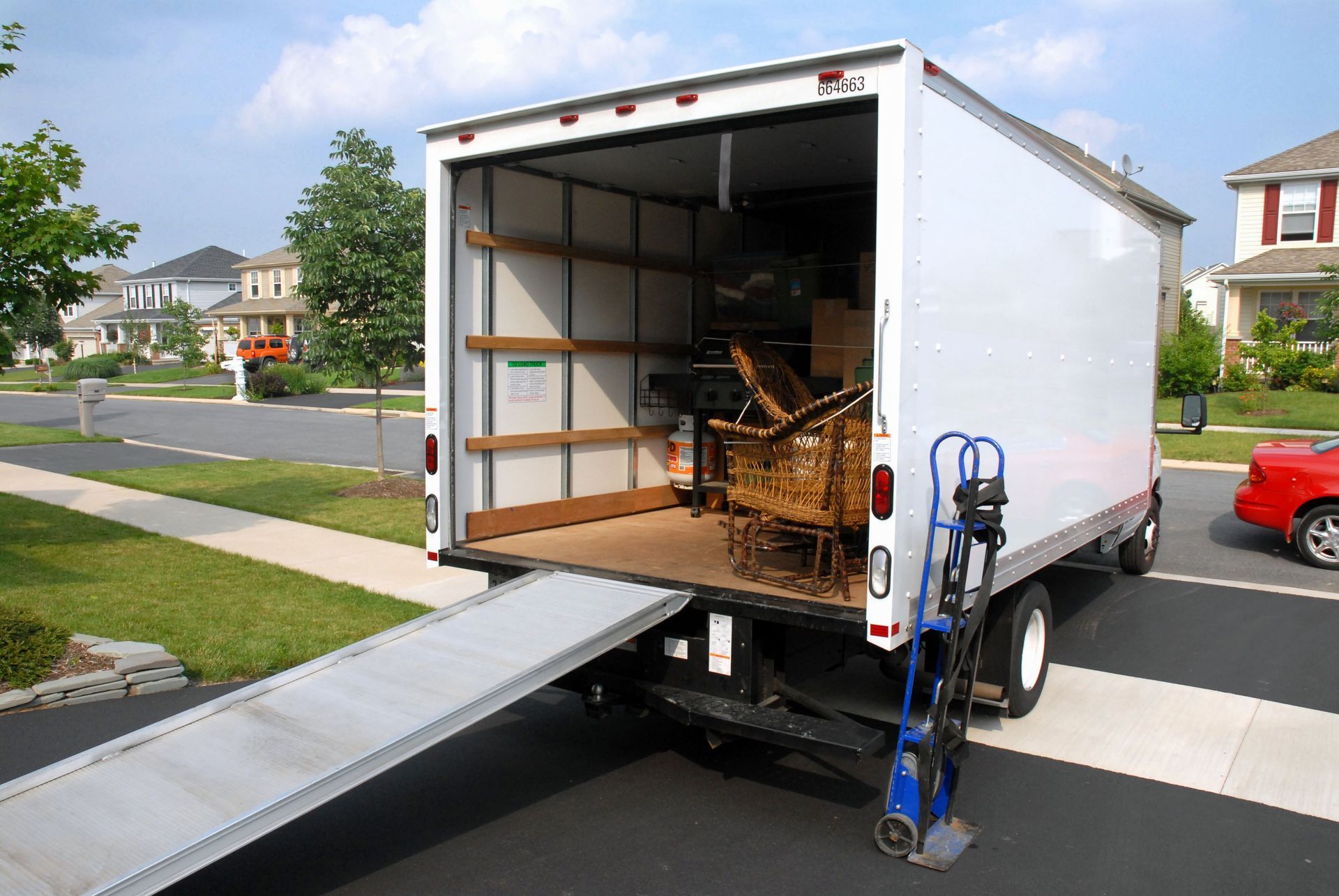How Movers Deal With Tight Spaces and Narrow Hallways During a Move
Moving into a new home can be an exciting chapter, but it often comes with a unique set of challenges, especially when a property has tight spaces or narrow hallways. Maneuvering bulky furniture, large appliances, and fragile belongings through tight entryways is no easy feat. This is where experienced local movers show their value. Through preparation, physical strategy, and professional-grade equipment, moving teams have refined ways to address these tricky situations and make moves run smoothly even in the most confined layouts.
Assessing the Space Ahead of Time
Before moving day, professional movers typically conduct a walk-through of the space to assess potential access issues. This preliminary visit allows them to evaluate narrow stairwells, low ceilings, sharp corners, and hallway widths. They take note of obstacles such as banisters, door frames, or immovable fixtures that may interfere with a seamless path. By identifying these problem areas in advance, they can develop a strategy that avoids delays or unexpected damage.
This stage also includes asking homeowners about oversized or irreplaceable pieces they may have overlooked. Antique armoires, upright pianos, and custom-built furniture all require tailored plans. If needed, local movers may even bring a carpenter or technician to assist with disassembly. Knowing exactly what they’ll be working with allows movers to bring the appropriate personnel and gear. It also provides peace of mind to the homeowner, who can see that each step has been thoughtfully considered.
Using the Right Equipment for the Job
Once the layout is understood, movers bring the appropriate tools to address space limitations. Moving dollies, sliders, shoulder straps, and lifting harnesses help redistribute weight and reduce the physical strain of carrying heavy items in cramped areas. For extremely narrow doorways or sharp turns, furniture pads and corner guards are used to prevent scuff marks or dents.
In tight or multi-level environments, stair rollers and forearm forklifts are particularly effective. These tools allow two movers to control large objects down winding staircases without losing balance or control. When hoisting is necessary—such as moving a sofa through a second-story balcony—ropes, pulleys, and scaffolding are safely set up to manage weight and balance. Professionals are trained to assess which combination of tools best suits the situation, reducing the chance of property damage or personal injury.
Using Disassembling and Wrapping Techniques
Professional local movers often disassemble larger furniture pieces before attempting to move them through confined spaces. Beds, tables, bookshelves, and sectional sofas are broken down into smaller components, making them easier to carry without causing damage to walls or the item itself. Disassembly also reduces the risk of accidents or awkward positioning during tight turns.
Every piece is wrapped in moving blankets or shrink wrap to protect finishes and upholstery. In many cases, drawers are removed, and hardware is safely stored in labeled bags to simplify reassembly. Movers also take the time to label components for quick identification at the destination. These techniques are not just about space; they’re about organization and preserving the quality of your items from the first lift to final placement.
Mapping Out Efficient Routes
Effective route planning is a major part of moving large items through tight spaces. Local movers evaluate both the interior and exterior of a property to identify the most practical paths. This may include choosing a side door instead of the front entrance or opting for a stairwell that offers more clearance. Hallways are cleared, rugs are rolled up, and doors may be removed from hinges to widen the entry point by a few critical inches.
Some properties, especially in older neighborhoods or dense urban areas, offer very little room for maneuvering. In these cases, movers may temporarily remove handrails or use exterior paths such as alleyways or garden access points to bring in items more efficiently. Mapping the route is not a one-time decision—it’s an adaptive plan that responds to the home’s structure and layout in real time.
Communicating and Team Coordinating
One of the keys to successfully maneuvering in tight quarters is effective teamwork. Movers work in pairs or small groups, communicating in real-time as they move items through difficult spaces. One person may guide the mover carrying the load, offering verbal instructions and spotting potential hazards. This teamwork prevents collisions, protects door frames and corners, and helps the movers maintain their rhythm.
Professional crews also communicate clearly with clients. Homeowners are kept informed of what’s happening and why certain steps are being taken. If an item must be hoisted, disassembled, or brought in through an alternate entrance, movers take the time to explain the reasoning. This transparency fosters trust and reduces stress for everyone involved.
Protecting Homes and Belongings
Damage prevention is a core responsibility during a move, especially when maneuvering in narrow quarters. Local movers use floor runners, door jamb protectors, wall shields, and stair rail covers to shield both the home and the belongings from damage. According to HomeAdvisor, the average household’s belongings weigh roughly 7,500 pounds. When you consider the weight of large appliances, furniture, and packed boxes, the potential for accidental scrapes or dents is high, especially in older homes with tight layouts.
Protective measures extend to both the departure and destination locations. Movers ensure that each space is left in the condition they found it, or better. Local movers who work regularly in a specific area often come prepared for region-specific architectural challenges, such as narrow row homes or multistory condos. These professionals understand what it takes to protect a home while executing a move under pressure.
Dealing With Unique or Irregular Items
Not every item fits a predictable mold. From oddly shaped sculptures to oversized mirrors and exercise equipment, unique possessions pose challenges that go beyond weight and size. Local movers approach these items by first determining whether they can be safely padded, boxed, or disassembled. For instance, elliptical machines or large canvas artworks may require custom crating, which adds time but provides maximum protection during transit and maneuvering.
In some cases, movers consult with the homeowner on the item’s origin or structural details, which can help them avoid weak points or vulnerable areas. Their experience handling unusual loads gives them the insight to spot risks early, whether that's a stress crack on an antique cabinet or an unbalanced load from a modern media console. It’s this proactive mindset that separates a difficult move from a disaster—and helps keep your investment safe.
Moving through tight spaces and narrow hallways is one of the more complex aspects of relocating, but it’s also one that professional movers handle with skill and confidence. From route planning and equipment use to careful wrapping and disassembly, each decision is made with safety, efficiency, and protection in mind. These efforts are especially important given the weight and bulk of the average household’s possessions, which can top 7,500 pounds.
Homeowners should feel confident knowing that when they hire experienced local movers, their belongings—and their walls—are in good hands. Whether you're moving to a multi-story home or a high-rise apartment, our capable crew at Goodfellas Moving Company can take the pressure off and help you start your next chapter on the right foot. Instead of worrying about tight turns and steep staircases, you can focus on settling into your new space while the professionals handle the rest. Call us today!












Share On: